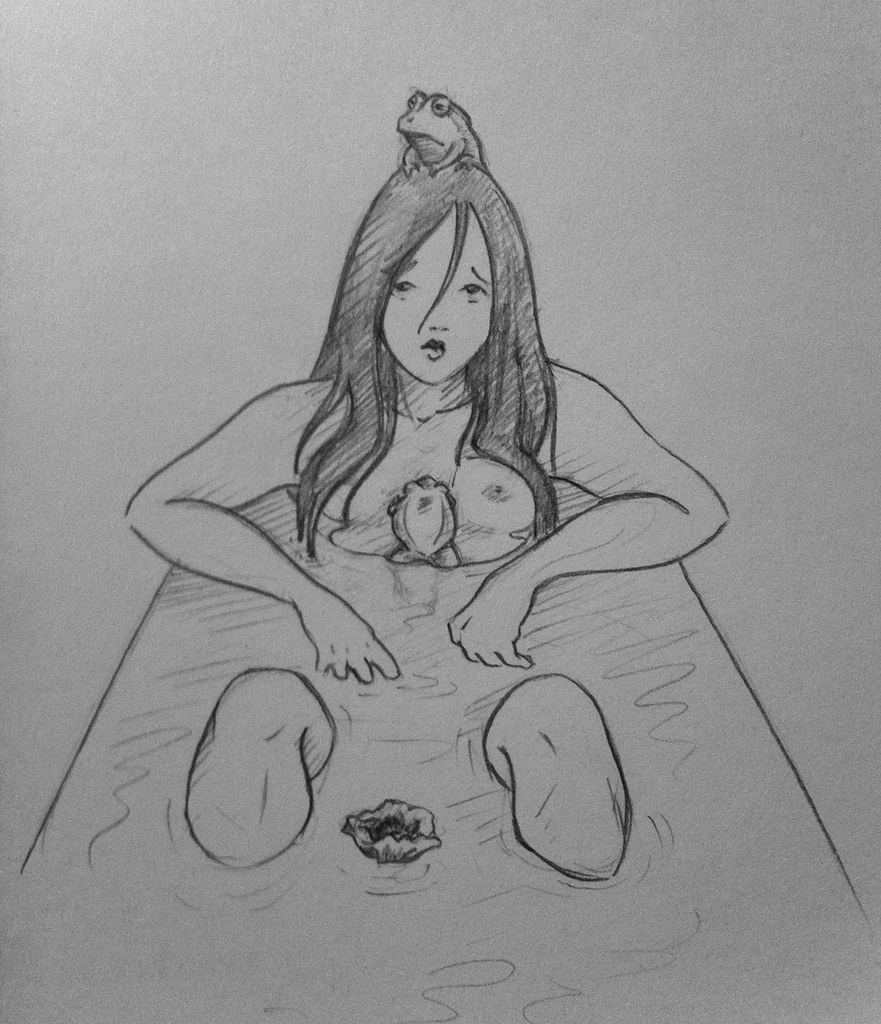When I guessed that the next story would not be as sappy as
A Rose From Homer's Grave or
The Friendship Pact, I must confess, I was not completely in the dark. I'd been reading in my (chronologically arranged, print, Haugaard edition) and peeked ahead enough to see that the next story,
The Sandman, looked much more fanciful and interesting than the previous two had been. When I finally did read it (taking a break from Jeff Mudgett's
Bloodstains [frightful - not so much for the content as for Mudgett's artless writing and self-indulgent frame story]) I found it to be precisely that, with (when will I learn to expect this?) a dark twist at the end that I somehow failed to see coming.
I haven't been able to carve out much time for this blog at all lately, so recent posts have more or less abandoned my comparative study of different translations. When I opted to read this tale on my Kindle (translated by Anon) for convenience, I noticed that I couldn't find it by searching for "sandman." Further investigation via Wikipedia revealed that the story I sought was actually more commonly known as
Ole-Luk-Oie or
Ole Lukøje. Indeed, the Kindle edition titles it
Ole-Luk-Oie, The Dream God.
Ole-Luk-Oie is interchangeable enough with the figure the English-speaking world calls The Sandman; he sprinkles sand in the eyes of children, making them drift off to sleep, then decides whether or not to bless their sleep with dreams (by the means of magical umbrellas) depending on whether they have been good or bad. At first, I (reluctantly) convinced myself that it didn't do terrible harm to the tale's integrity to call Ole-Luk-Oie "The Sandman" instead. I'm assuming the change was made so that English-speaking readers would not stumble over an unfamiliar and difficult-to-pronounce name when a suitable substitute was so readily available. That excuse, however, only made me wonder why Haugaard would keep the name of the child in the story, Hjalmar, the same, but not Ole's. If you're changing names for the sake of simplicity, why didn't Haugaard just call the kid Bobby or something? Not to mention, just how suitable
is this substitution?
I read along and found that the story was largely unaffected by the name-change, that is, up until the end. I'll go ahead and say SPOILER ALERT here, just in case anyone wants to read it for themselves. After telling Hjalmar a week's worth of stories (i.e.: giving him a week's worth of dreams), Ole-Luk-Oie introduces Hjalmar to his brother, who happens to go by the same name, Ole-Luk-Oie. The Kindle edition, earlier on, had revealed that "Luk-Oie" literally means "eye-closer," and while the first Ole closes children's eyes every night when they go to bed, his brother, also known as Death, only closes a particular pair of eyes once. I figured that was reason enough for a translator to have kept the original name intact. It makes sense that the "eye closer" would bring either sleep or death, while, in my experience at least, the popular image of The Sandman dealt exclusively in sleep: harmless, albeit creepy.
While I always thought the idea of the Sandman was a little scary, I'd never heard of him being the brother of Death. Death, the second Ole-Luk-Oie,
is a benevolent figure in the story, yet one can't help being just a little creeped out by him. What little research I did (again, going only as far as Wikipedia could take me) mentions nothing about The Sandman being kin to Death, (although the
Wikipedia entry relies heavily on Andersen's Ole to flesh out the content). Furthermore,
Ole Lukøje is said to actually be Morpheus, the Greek Dream God.
Morpheus, in turn, is not specifically cited as being the origin of the Sandman character (except in the Neil Gaiman series). Therefore, they seem to be fairly distinct characters. Why confuse things?
Anywho, I can't resist drawing an umbrella, so here you go.
 |
| "But the other umbrella has no pictures, and this he holds over the naughty children so that they sleep heavily, and wake in the morning without having dreamed at all." |
[Graphite. Moleskine. 5x8"]
For absolutely no reason I have made Ole's umbrella a
Kasa Obake, a spirit I'd researched when I was planning a series of drawings of legendary beasts
(since abandoned). Although, maybe it makes more sense than I thought: Ole being an ancient god, his umbrella(s) are bound to be at least one hundred years old.



















